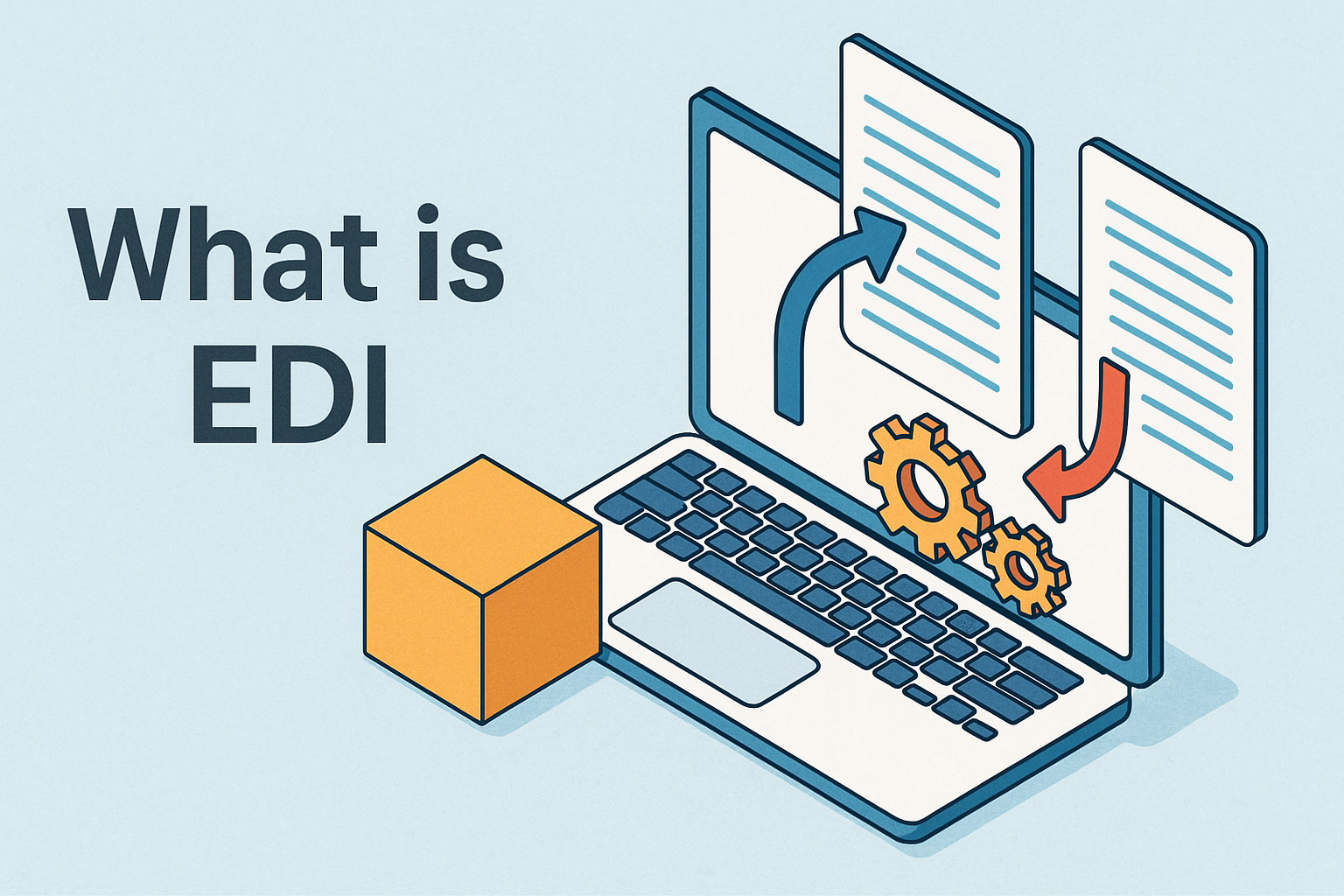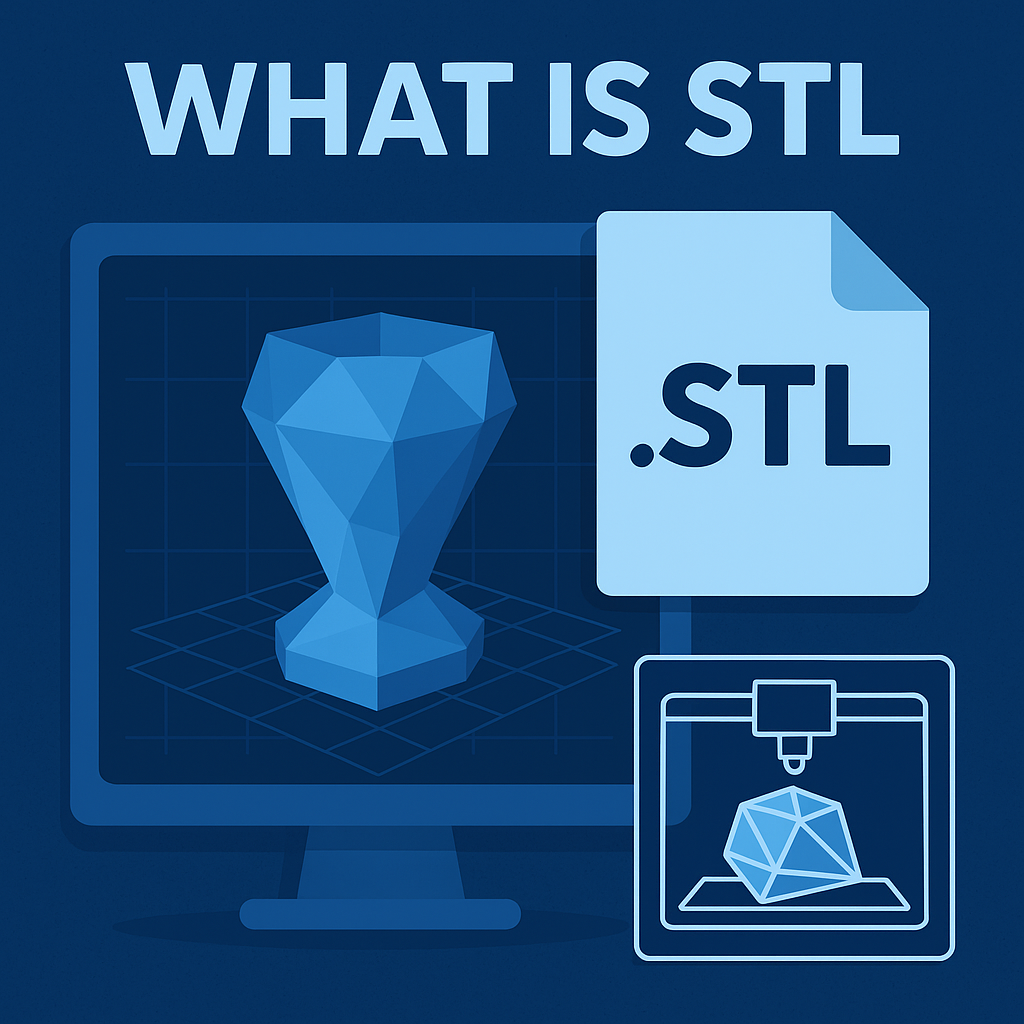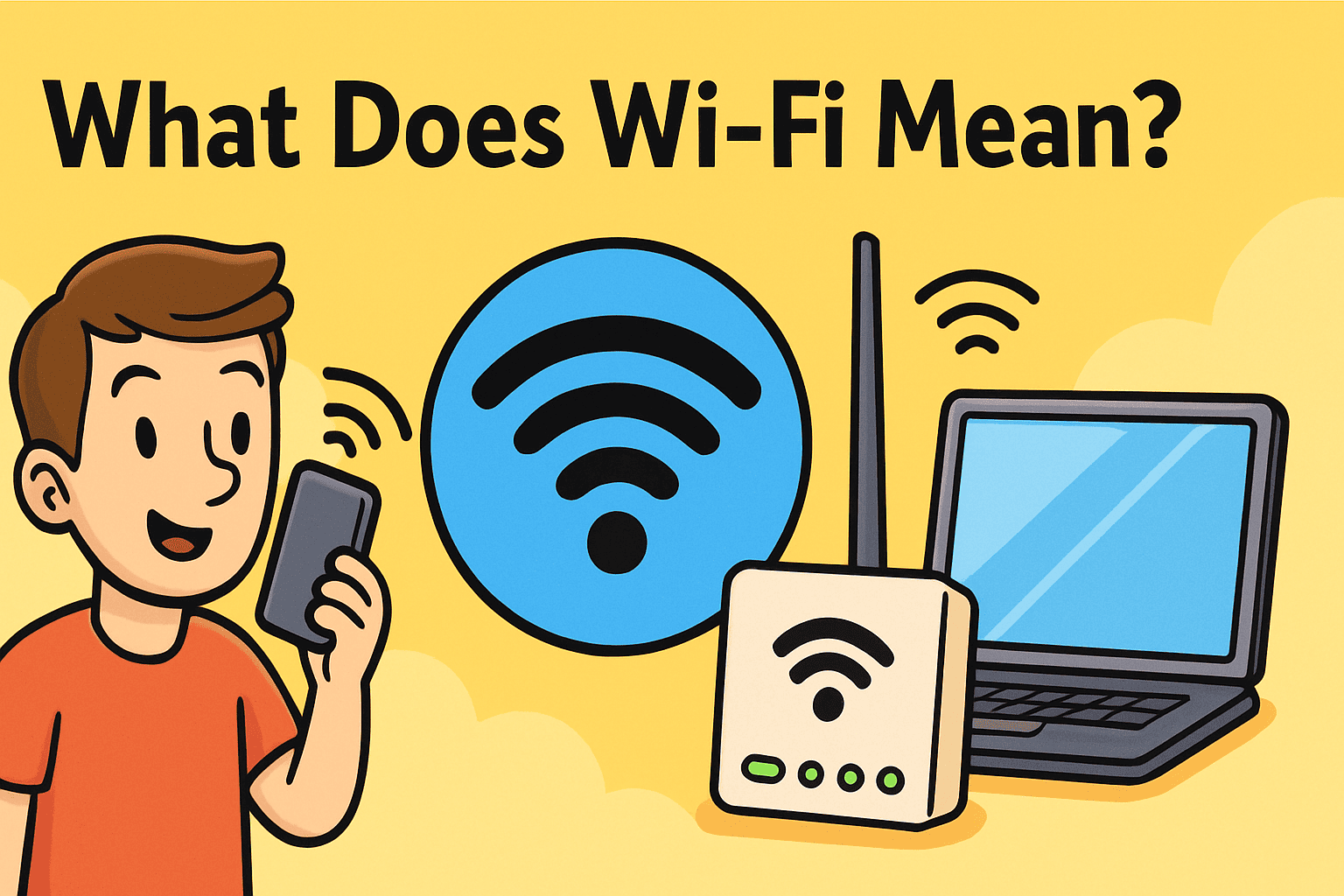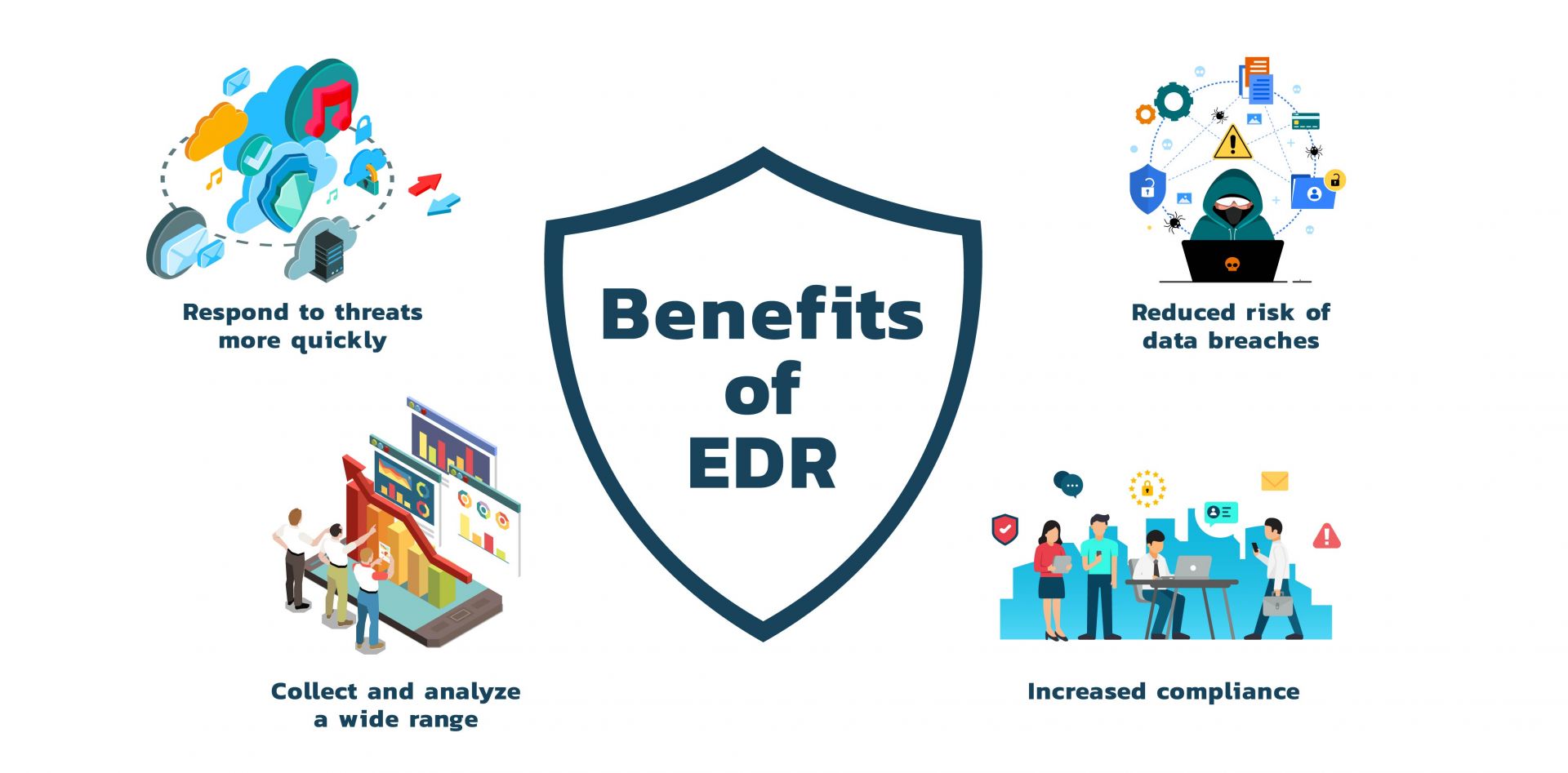What Is a Gateway in Networking? The Complete Guide
Updated on October 9, 2025, by Xcitium
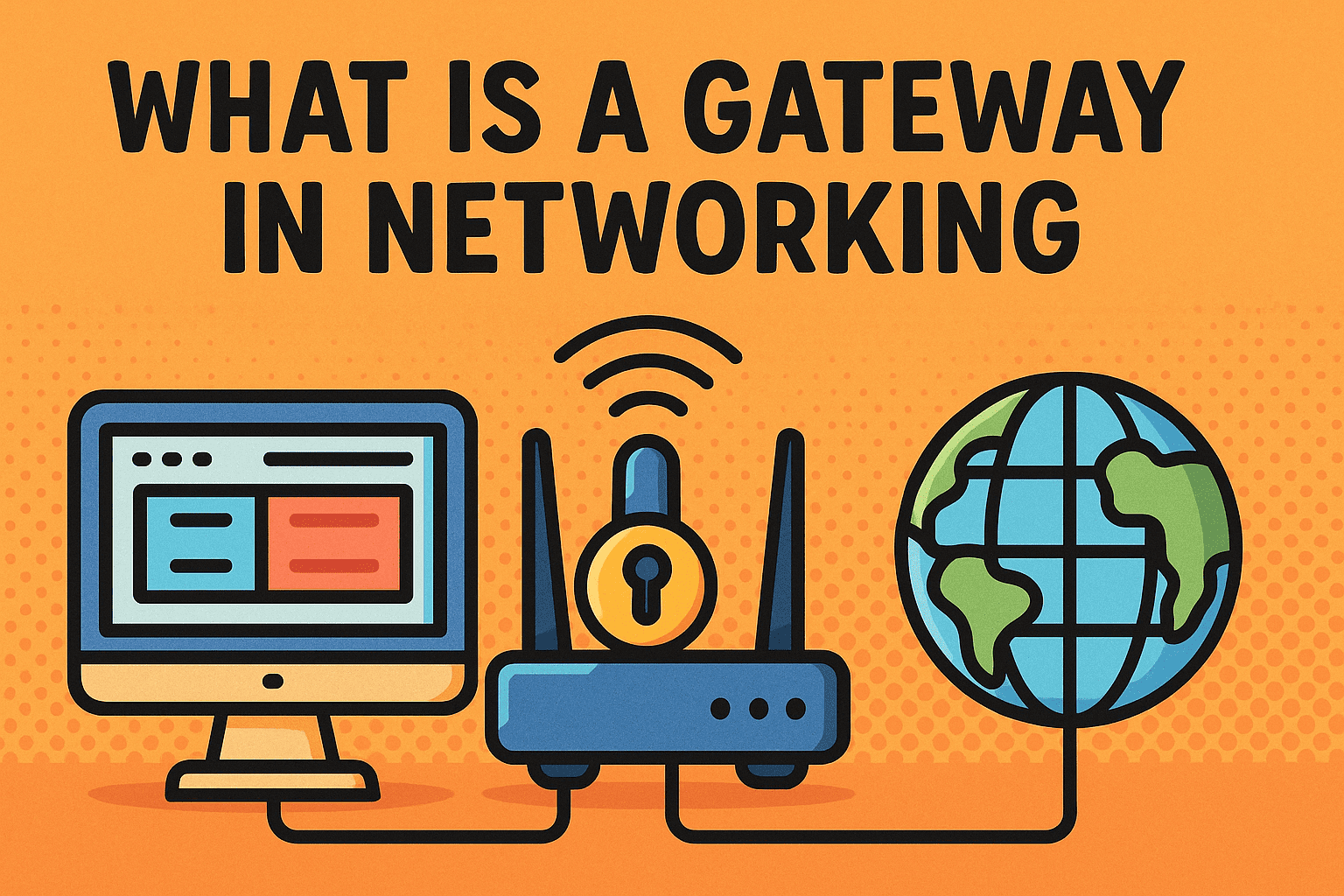
Ever wondered what is a gateway in networking and why it’s essential for businesses today? In an interconnected world where over 95% of enterprises rely on multiple networks—including local area networks (LANs), cloud services, and the internet—a gateway plays a critical role in keeping data flowing securely.
Introduction: Why Gateways Matter
Think of a gateway as the translator and gatekeeper of the digital world. It ensures that devices and networks that speak different “languages” can communicate effectively while protecting against potential threats.
What Is a Gateway in Networking?
A gateway in networking is a device or software that acts as a bridge between two different networks, often using different protocols. Gateways convert data formats, ensure compatibility, and enable communication between otherwise incompatible systems.
For example:
-
A gateway allows a company’s internal LAN to communicate with the internet.
-
It enables secure communication between private corporate systems and cloud platforms.
👉 Without gateways, seamless global communication and modern IT infrastructure would not exist.
How a Gateway Works
Gateways are more than just simple connectors—they perform multiple functions to ensure smooth and secure data transmission.
Key Functions of a Gateway
-
Protocol Conversion – Converts data between different network protocols (e.g., TCP/IP ↔︎ VoIP).
-
Traffic Control – Routes and prioritizes data between networks.
-
Security Enforcement – Filters malicious traffic and enforces security rules.
-
Data Translation – Makes sure data packets can be understood across platforms.
-
Network Entry Point – Serves as the first line of communication between internal and external networks.
In essence, gateways ensure that data can travel from Point A to Point B safely and efficiently.
Types of Gateways in Networking
There are different types of gateways depending on business needs:
1. Default Gateway
-
The most common type
-
Allows devices in a LAN to access external networks, including the internet
2. VoIP Gateway
-
Converts voice signals between traditional telephony and VoIP networks
-
Used in unified communications systems
3. Cloud Gateway
-
Connects on-premise systems to cloud-based platforms
-
Ensures secure hybrid infrastructure
4. API Gateway
-
Manages requests between microservices and applications
-
Provides load balancing, authentication, and monitoring
5. Security Gateway
-
Monitors, filters, and blocks malicious traffic
-
Often part of firewalls or unified threat management (UTM) solutions
Gateways vs. Routers vs. Firewalls
Many confuse gateways with routers or firewalls. Here’s how they differ:
| Feature | Gateway | Router | Firewall |
|---|---|---|---|
| Primary Role | Protocol conversion & interoperability | Routes traffic between networks | Filters traffic based on rules |
| Focus | Translation + Connectivity | Network traffic management | Security & threat prevention |
| Example Use | LAN ↔︎ Internet | Home or enterprise networking | Blocking unauthorized traffic |
👉 A router directs traffic, a firewall secures it, and a gateway enables communication across different systems.
Why Gateways Are Important for Businesses
For IT managers, CEOs, and security professionals, understanding what is a gateway in networking is crucial because gateways:
-
Enable Multi-Network Communication – Essential for hybrid IT and cloud setups.
-
Strengthen Cybersecurity – Gateways often include intrusion detection and encryption features.
-
Support Remote Work – Allow secure connections between remote devices and enterprise systems.
-
Ensure Business Continuity – Provide redundancy and failover in case of disruptions.
Gateways and Cybersecurity
In the age of cyber threats, gateways serve as more than just communication enablers—they’re also defense layers.
Security Features of Modern Gateways
-
Encryption for secure data exchange
-
Traffic filtering to block suspicious packets
-
Intrusion prevention systems (IPS) for detecting attacks
-
Access control policies for managing users and devices
This makes gateways especially critical in industries like finance, healthcare, and government, where data protection is paramount.
Common Use Cases for Gateways
-
Enterprise IT Infrastructure – Connecting internal networks to the internet securely
-
Cloud Adoption – Bridging on-premise systems with SaaS applications
-
Telecommunications – Supporting VoIP and unified communications
-
IoT Networks – Linking IoT devices to enterprise systems
-
Cybersecurity Operations – Serving as secure entry points in zero-trust frameworks
Challenges of Gateways
While gateways are essential, they can also present challenges:
-
Single Point of Failure – If a gateway fails, communication may halt.
-
Configuration Complexity – Misconfigurations can cause vulnerabilities.
-
Performance Bottlenecks – Heavy traffic may overload gateways.
-
Evolving Threats – Attackers may target gateways as critical access points.
👉 Mitigating these challenges requires redundancy, monitoring, and security best practices.
Best Practices for Managing Gateways
To maximize efficiency and security, businesses should:
-
Regularly Update Firmware – Patch vulnerabilities quickly.
-
Implement Redundancy – Use multiple gateways for failover.
-
Monitor Traffic – Leverage SIEM tools for real-time alerts.
-
Adopt Zero-Trust Models – Verify every connection request.
-
Train IT Teams – Ensure administrators can configure and secure gateways properly.
The Future of Gateways
As businesses move toward cloud-native and hybrid infrastructures, gateways will become even more vital. Expect to see:
-
AI-Driven Security Gateways for predictive threat detection
-
Edge Gateways to support IoT and real-time applications
-
Integration with Zero-Trust Architectures for stronger access control
-
Cloud-Native API Gateways for microservices and DevOps environments
👉 Gateways are evolving from simple connectors to intelligent, security-driven systems.
FAQs: What Is a Gateway in Networking?
1. What is the difference between a gateway and a default gateway?
A default gateway is the specific gateway device that routes traffic from a local network to external networks, like the internet.
2. Is a router the same as a gateway?
No. A router directs traffic between networks, while a gateway enables communication between different systems and protocols.
3. Can a firewall act as a gateway?
Yes, many modern firewalls include gateway functions, but their primary role is threat prevention.
4. Why do businesses need gateways?
Gateways enable secure communication across multiple networks, support cloud adoption, and enhance cybersecurity.
5. Are gateways vulnerable to cyberattacks?
Yes, gateways can be targeted, which is why updates, monitoring, and redundancy are critical.
Conclusion: Gateways as the Backbone of Secure Networking
So, what is a gateway in networking? It’s the bridge, translator, and security checkpoint that allows businesses to communicate across diverse networks without disruption or compromise.
For IT managers and executives, gateways aren’t just networking hardware—they’re strategic assets that enable secure connectivity, cloud adoption, and business resilience.
👉 Ready to strengthen your network and secure your digital infrastructure? Request a Demo today and explore advanced security solutions for your enterprise.




